The explosion of food in the sector over the past decade has seen an accompanying increase in the quality and diversity of wines available in pubs, as quality-driven diners have abandoned traditional white tablecloth-style restaurants in favour of more casual establishments.
But Brexit, in whatever form it eventually takes, looks certain to critically impact how pubs go about buying, selling and pricing wine over the coming months.
Economic uncertainty and the weak pound are already affecting prices, and with Prime Minister Theresa May set to formally trigger Article 50 this month, operators are waiting with baited breath to see how leaving the EU will actually affect their bottom line.
The Morning Advertiser spoke to wine expert Simon Jerrome, head of wine buying at Conviviality PLC, to ask how pubs can drive profits while continuing to improve the range of wines they sell and turn wine lovers into repeat customers.
Here are six things you should know:
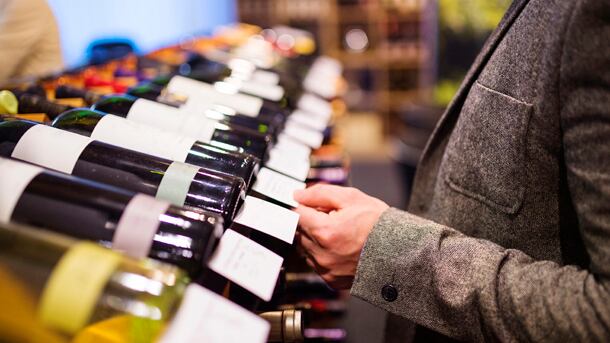
1. Like it or not, price hikes are coming
Wherever you sit on the political spectrum, Brexit is not having a positive effect on UK wine buyers and suppliers. “We have to face up to the fact that there will be price increases,” says Jerrome.
“I’ve been buying for 20-odd years and I’ve seen increases come and go, but this is the first time we’ve really seen anything of this size. The euro has shifted by about 18% – that is huge when you think of Champagne, Chablis, Rioja and Prosecco, where you are seeing huge increases in some cases.
“There’s nothing the wholesaler can do,” he laments. “We’re not taking the p**s – these are the increases we’re faced with due to the Brexit vote.”
But, he says: “Will the currency stabilise? I’m sure it will at some point.”
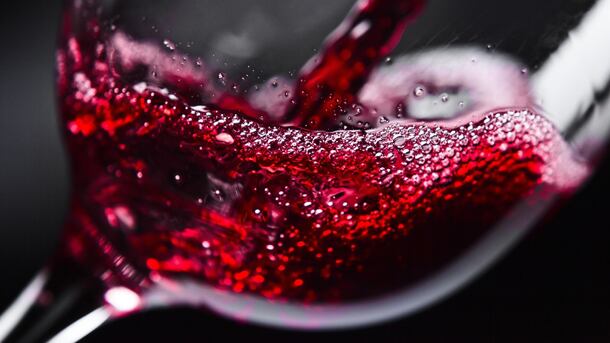
2. UK consumers are going back to the classics
Old world European wines such as Rioja, Chianti and Chablis are making a comeback thanks to an increasing amount of operators beginning to offer them by the glass.
“People aspire to be drinking these by the glass, and with the use of Corovans and equipment like that, it has become much more prevalent,” says Jerrome. “Enomatic machines and the like allow trial so, for me, the pubs that are doing the best with wine are the ones letting customers try things they would not usually taste."
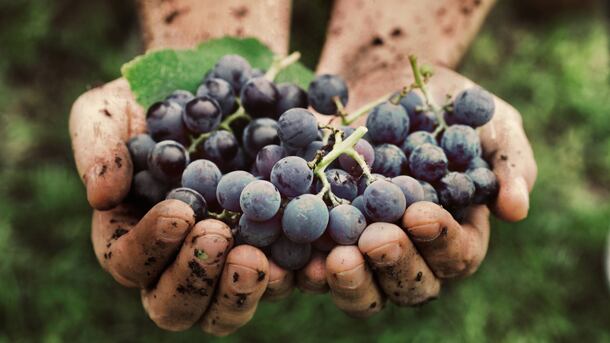
3. Chinese wine is poised for popularity
The land of Confucius is making serious waves among wine lovers as Chinese growers utilise traditional French grapes, taking advantage of the country’s little-explored 'terroir'.
“The potential for it is huge if you look at the amount of wine China is producing,” says Jerrome. “And it is now producing much better quality. It is making some serious wines, and they’re accessible – we have one for under a tenner on our wholesale list.”
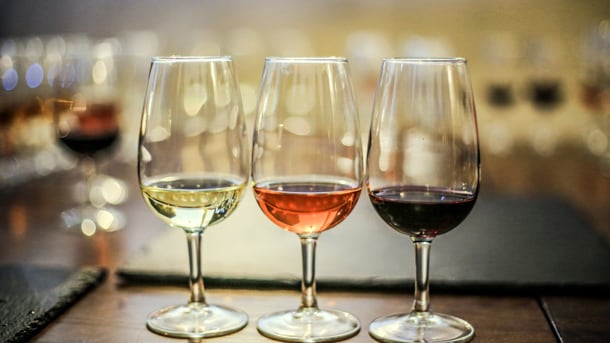
4. English wine is living up to the hype
According to Jerrome, more and more customers are approaching homegrown wines with an open mind. “More people are definitely prepared to give it a go,” he says. “And we should be shouting about the quality of what can be produced [in the UK].
“We’ve got Ridgeview, Camel Valley, Chapel Down – it used to be that operators just stocked one English wine, but now it’s a national thing.”
The prospect of climate change may be terrifying, but it could have a surprisingly positive effect on UK winemaking, he muses.
“Can you tell me the last five great vintages in Australia? They’ve all been pretty much the same,” he says. “Here, climate change will make the vintages more stable. It could iron out some of those ones where the grapes don’t ripen or it’s too wet.”
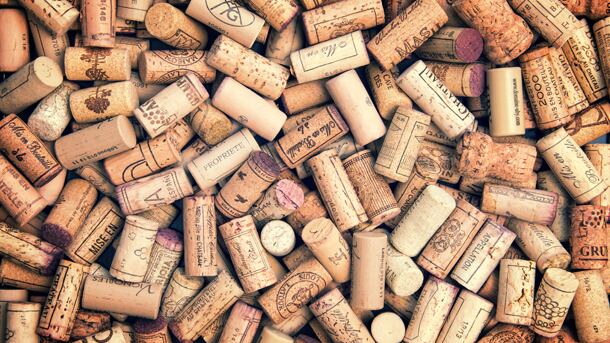
5. The health lobby is still kicking up a stink
“The health lobby is arguing that we need duty to pay for the NHS,” says Jerrome. “How do you work that out?”
It is unfair to treat all types of alcohol as equally dangerous, he says, due to major differences in the environment different drinks are typically served in – and the quantity.
“Outside, very few late-night places have I seen people charging down the road, hitting each other with bottles of wine. That tends to be driven by spirits and beers,” he says.
“I think a lot of places realise that if you build a focus on wine, customers tend to drink a bit less and take more notice of what they drink."

6. If in doubt, get your customers involved
“We’ve had a few customers who have involved their regulars in the selection of wines, and that’s really cool” says Jerrome. “You could even buy one case of something a bit weird to try, it’s not like you’re going to be left with loads of leftover stock.
“Use a chalk board,” he recommends. “Chalk boards are fantastic for putting on ‘wine of the month’ style offers.
“There are places like the 10 Cases in Covent Garden, where you can literally buy 10 cases of each wine and once they’ve sold out, that’s it. Maintain people’s interest because pubs are still all about regulars.”
